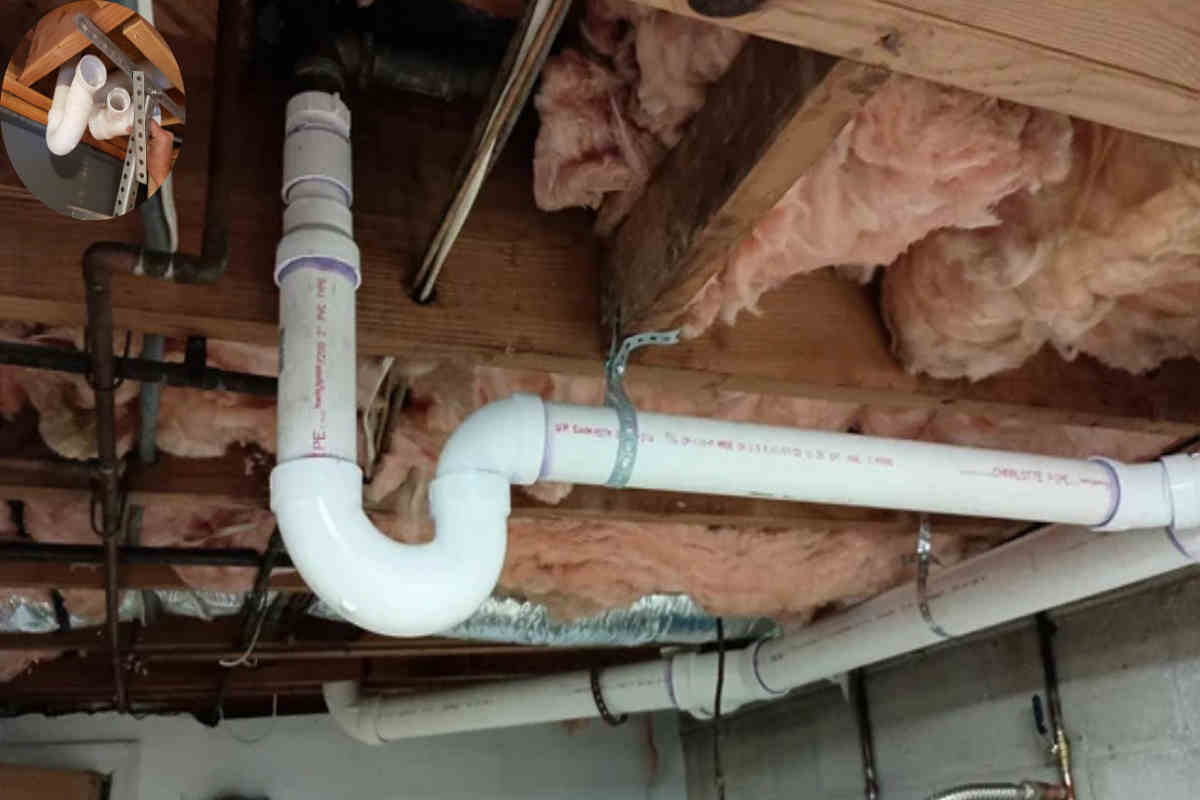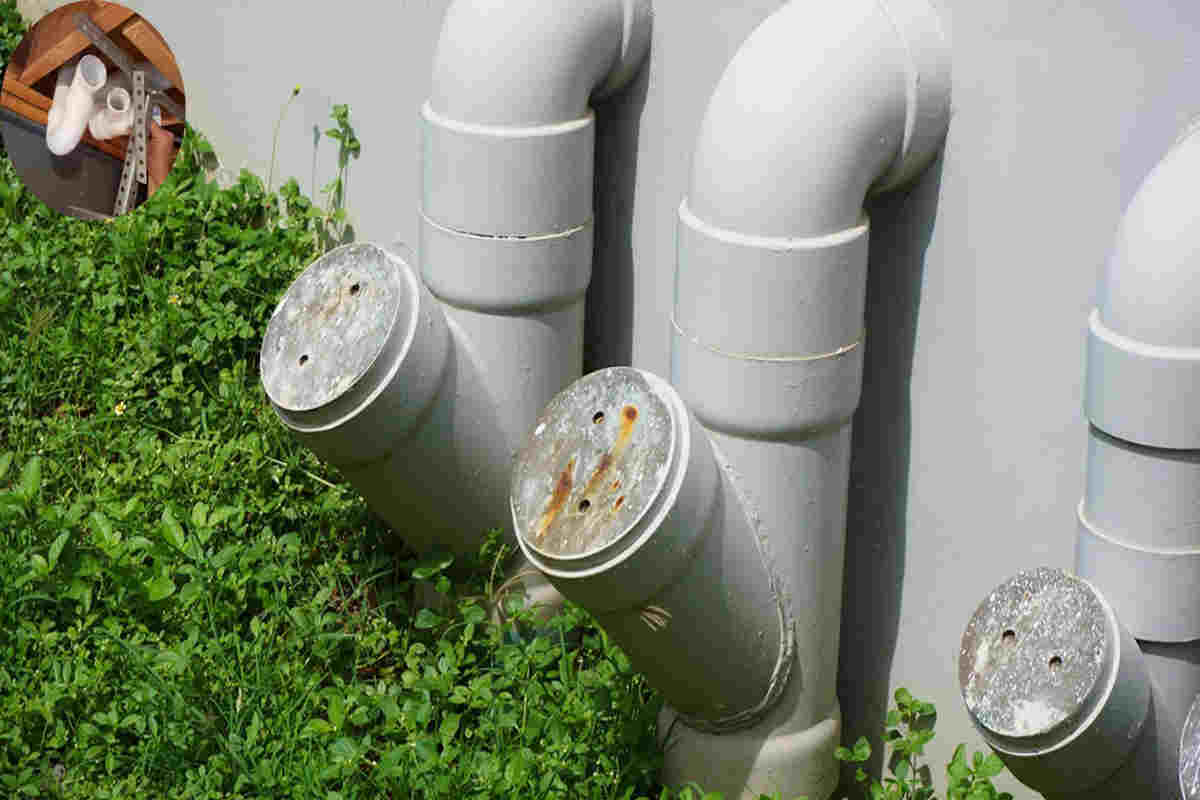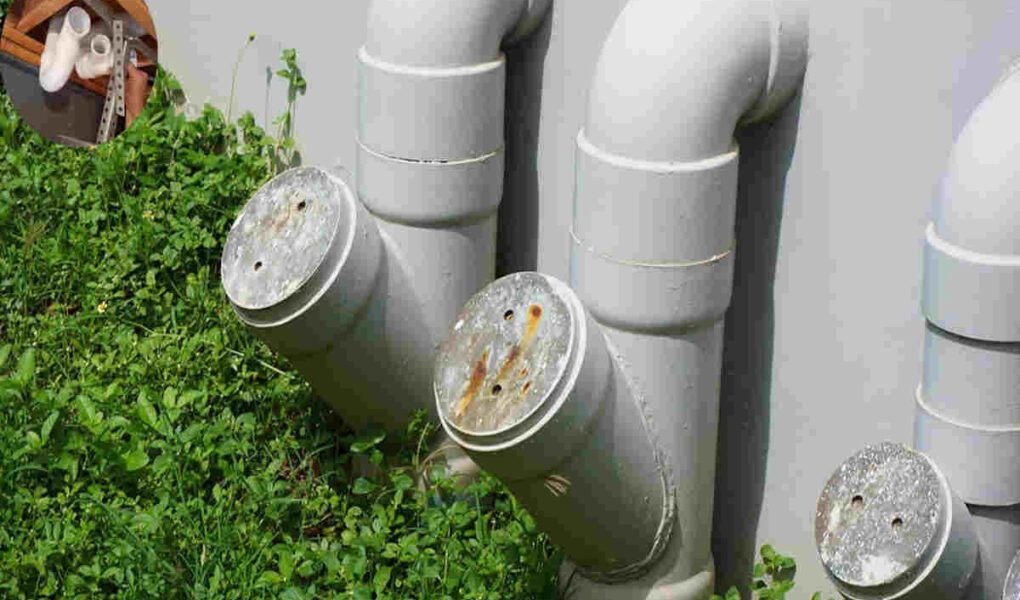Maintaining your home plumbing system is crucial for ensuring a smooth and efficient water flow throughout your property. Regular plumbing maintenance can prevent costly repairs and disruptions to your daily life. Cleanout is an essential component of any plumbing system, which plays a vital role in keeping your pipes clear and functional.
Understanding the Basics: What’s a Cleanout in Home Plumbing?
Definition of a Plumbing Cleanout
A plumbing cleanout is an access point in your drainage system that allows easy cleaning and maintenance of your pipes. Essentially, it is a fitting with a removable cap that provides access to the interior of your pipes, enabling plumbers to clear clogs and perform inspections.
How Cleanouts Fit into the Overall Plumbing System
Cleanouts are strategically placed within your plumbing system to facilitate maintenance and prevent severe blockages. They connect to the main sewer line or branch lines, ensuring that any buildup can be easily accessed.
Types of Cleanouts
There are several types of cleanouts, including:
- Main Line Cleanouts: Located in the primary sewer line, these are often found outside the home or in basements.
- Branch Line Cleanouts: These cleanouts are installed on secondary lines and are usually located near fixtures like sinks or toilets.
- Exterior Cleanouts: Positioned outside the house, they provide access to the main sewer line from the yard.
Materials Used for Cleanouts
Cleanouts can be made from various materials, including:
- PVC (Polyvinyl Chloride): Lightweight and resistant to corrosion.
- Cast Iron: Durable and often used in older homes.
- ABS (Acrylonitrile Butadiene Styrene): Strong and versatile, often used in residential plumbing.
Why Cleanouts Are Essential to Home Plumbing Health
Role of Cleanouts in Preventing Clogs and Backups
Cleanouts are crucial in preventing clogs and backups in your plumbing system. Providing access to the pipes allows plumbers to quickly remove any obstructions that might cause problems. Neglecting cleanouts can lead to serious issues, including sewage backups, which can be unpleasant and costly.
You may also read (snake your toilet at home)
How Cleanouts Allow for Easy Inspection and Maintenance
Having cleanouts installed makes it easier for plumbing professionals to inspect your system. Regular inspections can identify potential issues before they escalate, saving you time and money in the long run.
Impact on Plumbing System Efficiency and Longevity
Regular maintenance through cleanouts can significantly improve the efficiency and longevity of your plumbing system. By addressing minor issues early, homeowners can prevent more significant problems requiring extensive repairs or a complete plumbing replacement.
Where Are Cleanouts Located in a Home?
Common Locations
Cleanouts are typically found in several key areas around the home, including:
- Near the Foundation: Close to where the sewer line exits the house.
- Basements: Often located near the main plumbing stack.
- Crawl Spaces: Easily accessible for maintenance.
- Utility Rooms: Near water heaters or washing machines.
- Exterior: Access to the main sewer line is provided in the yard.
How to Identify a Cleanout in Your Home
Identifying a cleanout is relatively straightforward. Look for a round or square cap on the floor or wall that can be removed. It may be labelled, and you might find it near plumbing fixtures or outside near the foundation.
Local Code Variations and Why Placement Matters
Local plumbing codes can vary, which may affect where cleanouts are installed. Understanding these regulations is essential for ensuring that your cleanouts are compliant and accessible for maintenance.
How Cleanouts Work: Access, Inspection, and Maintenance
How Plumbers Use Cleanouts for Clearing Blockages and Repairs
When a blockage occurs, plumbers use cleanouts to access the pipes. By removing the cap, they can insert tools to clear the obstruction, making the process more efficient and less invasive.
Tools Commonly Used
Plumbers often employ various tools during cleanout services, including:
- Drain Snakes: Flexible tools that can reach deep into pipes to dislodge clogs.
- Hydro-Jetting: A high-pressure water jetting system used to clear stubborn blockages.
- Cameras: Plumbing cameras allow for visual inspections of pipes, helping to identify issues without invasive procedures.
Step-by-Step: What Happens During a Cleanout Service
- Inspection: The plumber will inspect the cleanout to determine the best action.
- Accessing the Pipes: The cleanout cap is removed to gain access.
- Clearing the Blockage: The plumber will remove the obstruction using appropriate tools.
- Testing the System: After cleaning, the plumber will test the system to ensure proper flow.
- Re-sealing the Cleanout: Finally, the cleanout cap is securely replaced.
Signs Your Plumbing System Needs a Cleanout
Common Symptoms of Blockages
Several common symptoms indicate your plumbing system may need a cleanout, including:
- Slow Drains: Drains from sinks or tubs take longer than usual.
- Gurgling Sounds: Unusual noises coming from drains can signal a blockage.
- Backups: Water backing up into sinks or toilets is a clear sign of a problem.
When to Call a Professional vs. DIY Checks
If you notice any of these symptoms, it may be time to call a professional plumber. However, homeowners can perform some basic checks, such as inspecting cleanouts for visible blockages. Knowing when to call for help is crucial to avoid worsening the problem.
Risks of Ignoring Cleanout Maintenance
Neglecting cleanout maintenance can lead to severe plumbing issues, including extensive damage to your pipes and costly repairs. Regular checks can help mitigate these risks.
Cleanouts and Cost Savings: Avoiding Major Plumbing Problems
How Regular Cleanout Use Prevents Expensive Repairs
Investing in regular cleanout services can save homeowners significant amounts of money in the long run. You can avoid costly repairs and potential damage to your home’s structure by addressing minor clogs before they escalate into major backups.
Case Examples: Minor Clog vs. Major Backup
Consider this scenario: A minor, unchecked clog can lead to a primary sewage backup. Clearing a simple clog might only cost a few hundred dollars. At the same time, a primary backup could result in thousands of dollars in damages and repairs, including potential flooding and water damage.
Long-Term Benefits for Homeowners
The long-term benefits of regular cleanout maintenance include improved plumbing efficiency, reduced risk of emergencies, and overall peace of mind knowing your plumbing system is well-maintained.
DIY Maintenance Tips for Homeowners
How to Safely Check Your Cleanout
Homeowners can perform simple checks on their cleanouts by:
- Inspecting for Visible Blockages: Look for debris or buildup around the cleanout cap.
- Checking for Odours: Unpleasant smells can indicate a problem within the pipes.
What Homeowners Can and Can’t Do Themselves
While minor checks are doable, it’s essential to know your limits. Homeowners should avoid clearing clogs unless they have the proper tools and knowledge. When in doubt, always consult a professional plumber.
Safety Precautions and When to Call a Pro
If you encounter persistent issues, it’s best to call a professional. They possess the experience and tools necessary to handle complex plumbing problems safely. Remember, safety should always be your priority.
Professional Cleanout Services: What to Expect
What Happens During a Professional Cleanout
During a professional cleanout, plumbers will assess your plumbing system, clear any blockages, and perform necessary inspections. They will utilise specialised tools to ensure your pipes are functioning correctly.
How to Choose a Reputable Plumber
When selecting a plumber for cleanout services, consider the following:
- Experience: Look for professionals with a proven track record in plumbing.
- Reviews: Check online reviews and ask for recommendations from friends or family.
- Licensing: Ensure the plumber is licensed and insured for your protection.
You may also read (santee in home plumbing)




